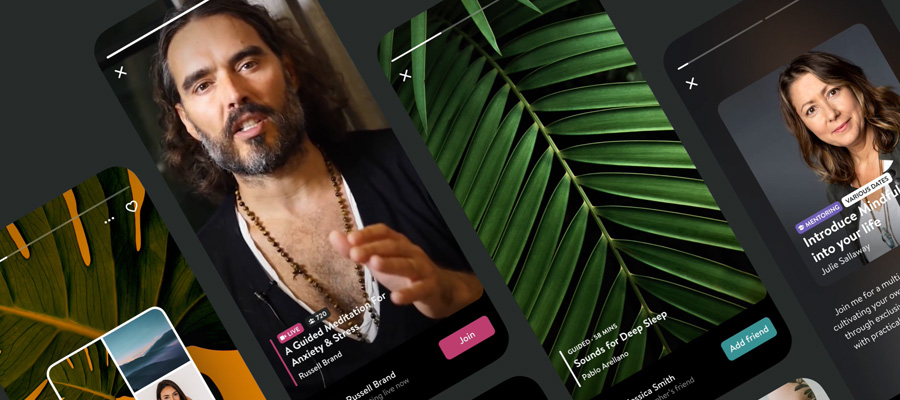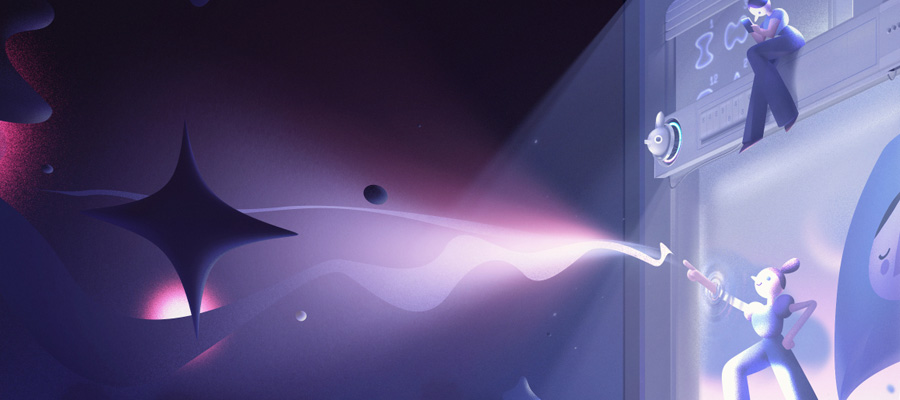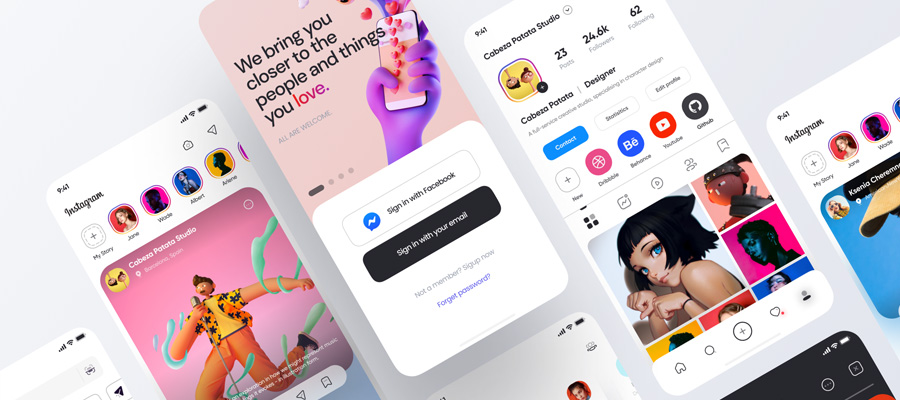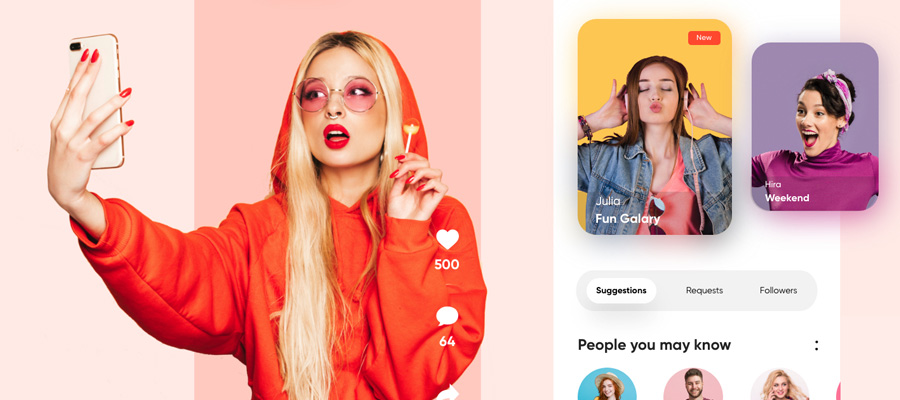“The Color Purple” author Alice Walker once referred to herself as an ‘author and medium’. While Ms Walker was referring to her channelling matters of historical and political fact into living, breathing characters, many creatives are familiar with that feeling of channeling characters from the realms of imagination into the corporeal realm using words, images and sounds.
The problem for many is not just the creative process and the inherent blocks, stumbles and pitfalls that come with it. A big part of it is finding an audience. After all, the greatest work of creative prowess is meaningless without someone to read, see, watch or hear it. Fortunately, living in the age of social media means that we’re only ever a few keystrokes away from engaging with like minded people who are just itching to engage with the stories you tell and provide insight and commentary that can buoy you creatively.
Content is King
Whether you’re a lone creative, a team of collaborators or a fully fledged business, the key to finding an audience is in posting content regularly. Audiences will be far more likely to engage if they can look forward to your next instalment or entry. It’s important that your content is scheduled so use a platform to sync your contacts and calendar so that you and your team can schedule your content to sate audience demand.
The unique connectivity that social media affords us allows us to craft stories that engage directly with an audience with a little savvy and a sprinkling of imagination. Here are just a few examples.
Fictional blog posts
From Jessica Darling to Adrian Mole, audiences go crazy for fictional diarists. Sharing a character’s perspective allows readers to engage directly with them and become personally invested in their trials and tribulations. There are many free blogging platforms that allow you to share your posts with audiences directly through Facebook, Twitter and RSS feeds.
Audio drama
The rise of Audible has shown us that there’s a huge market for audio books. After all, telling stories orally is a tradition that goes back millennia. All you need is your voice and a relatively decent microphone. Libraries of free sound effects can enrich your story and royalty free music is also easy to come by. If you’re looking for a free editing tool then look no further than Audacity.
Web comic
A picture is worth a thousand words and if you prefer to tell stories using sequential art then social media can allow you to share your panel-based stories through a web comic. Digital comics are surging in popularity as people consume more and more media through tablets and other devices. There’s no reason why you can’t post pages or panels as single images as tweets or Facebook posts or even blog entries.
Any of these platforms can be used to tell your story, or you could even combine them to create an all-encompassing mythology. Truly, social media is the ultimate storytelling platform.




















